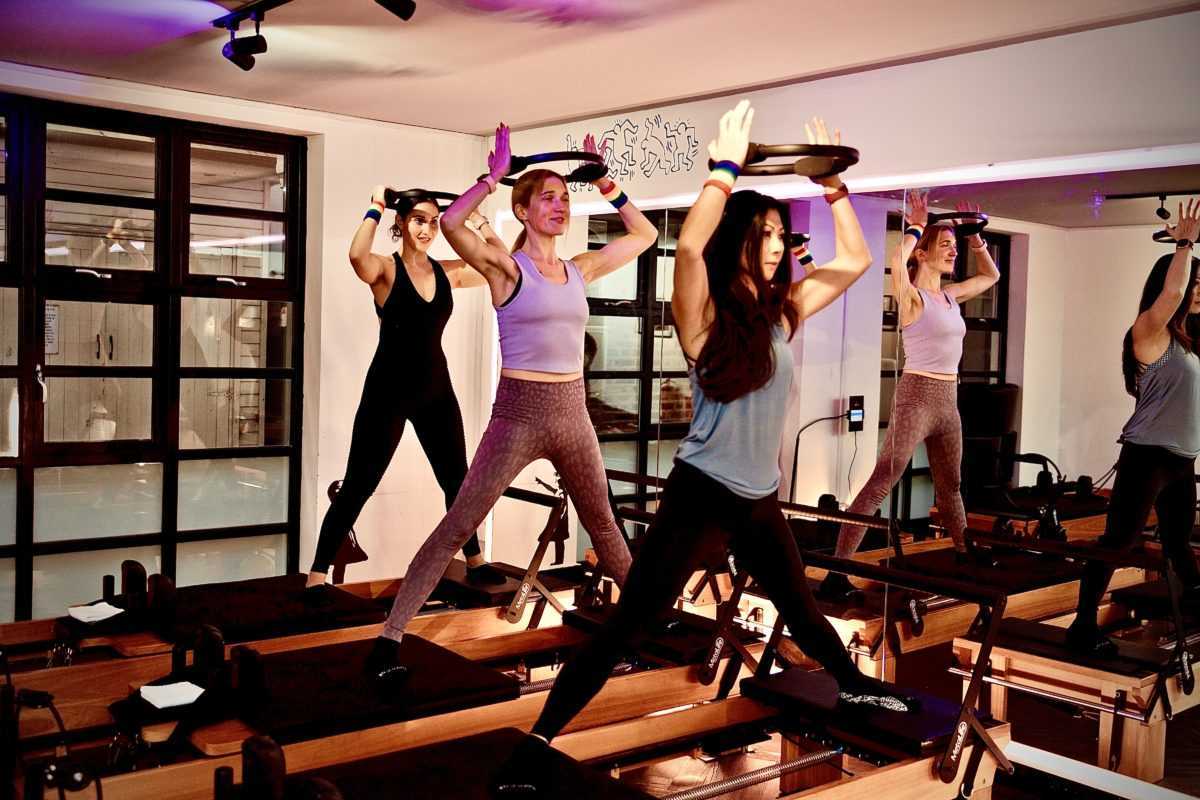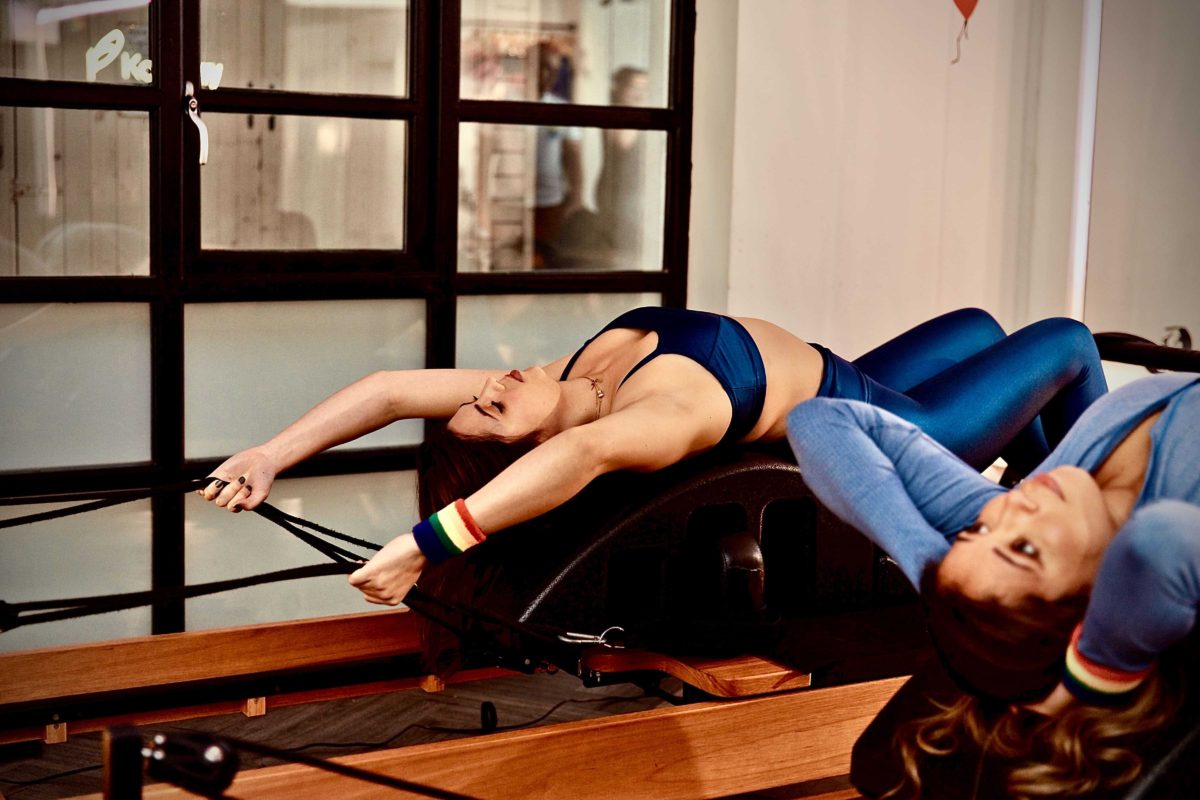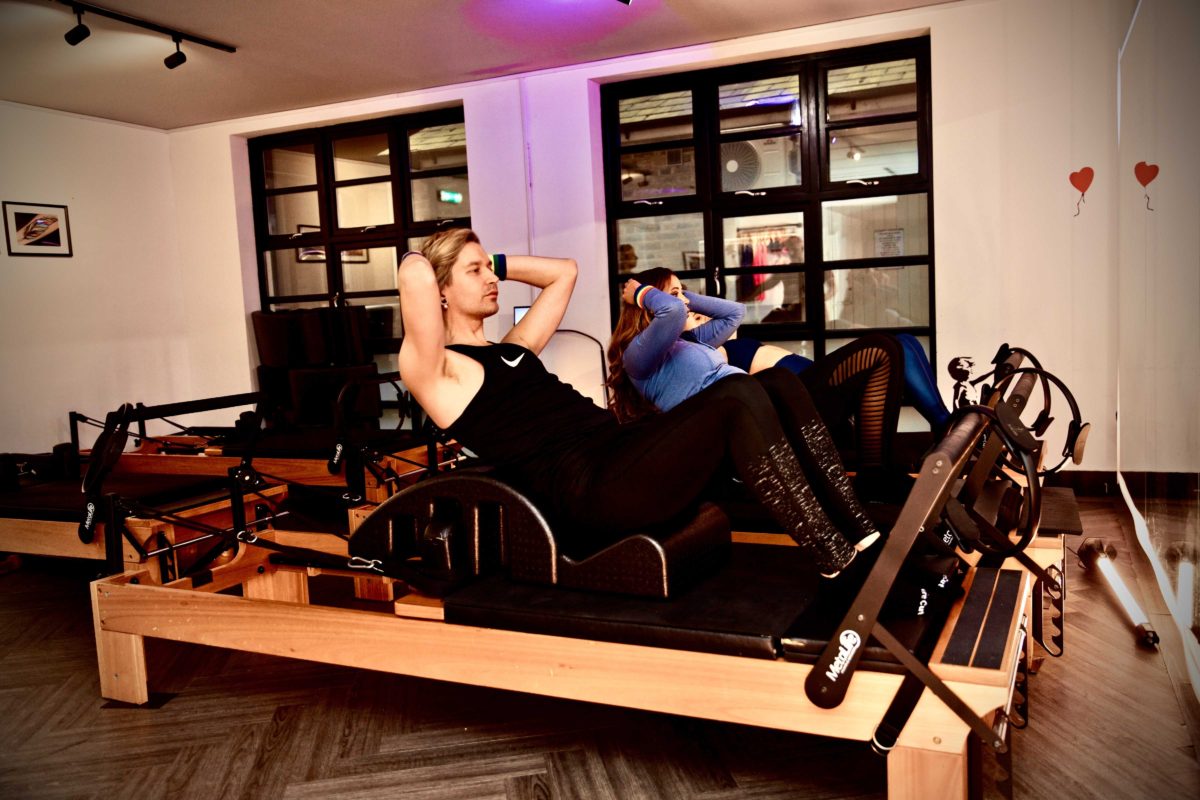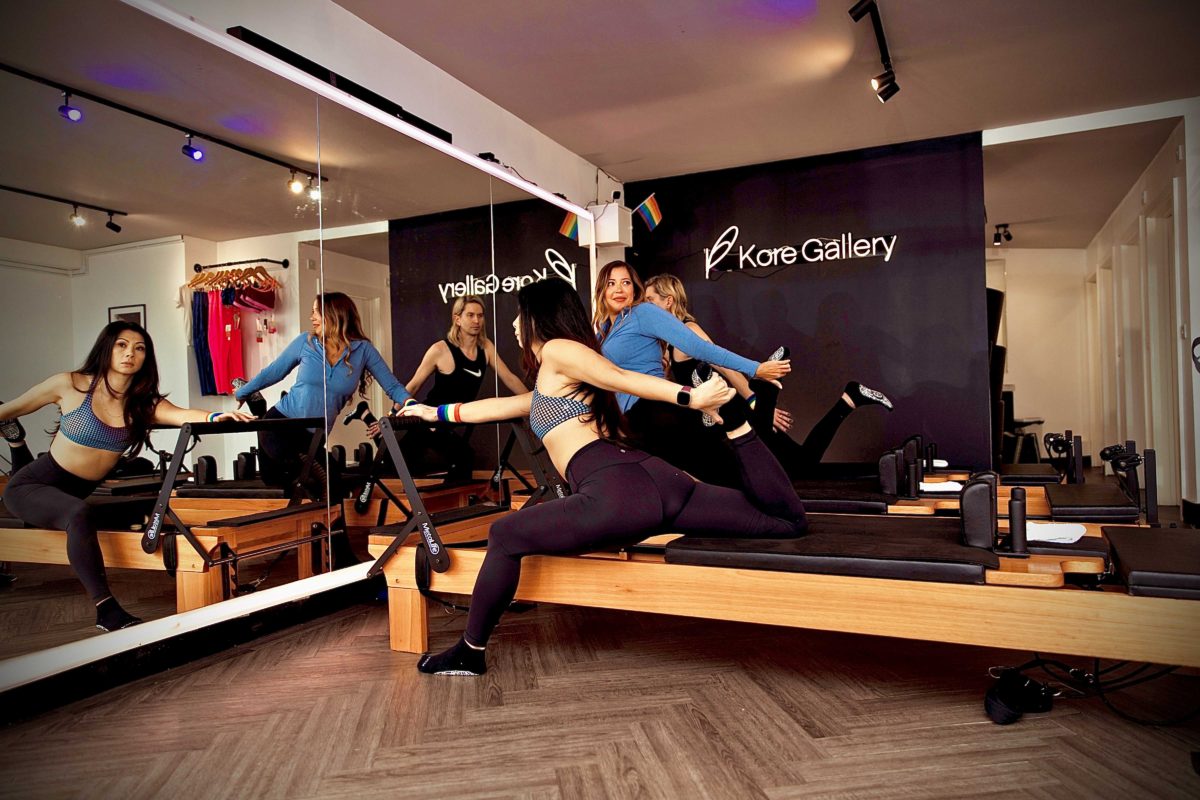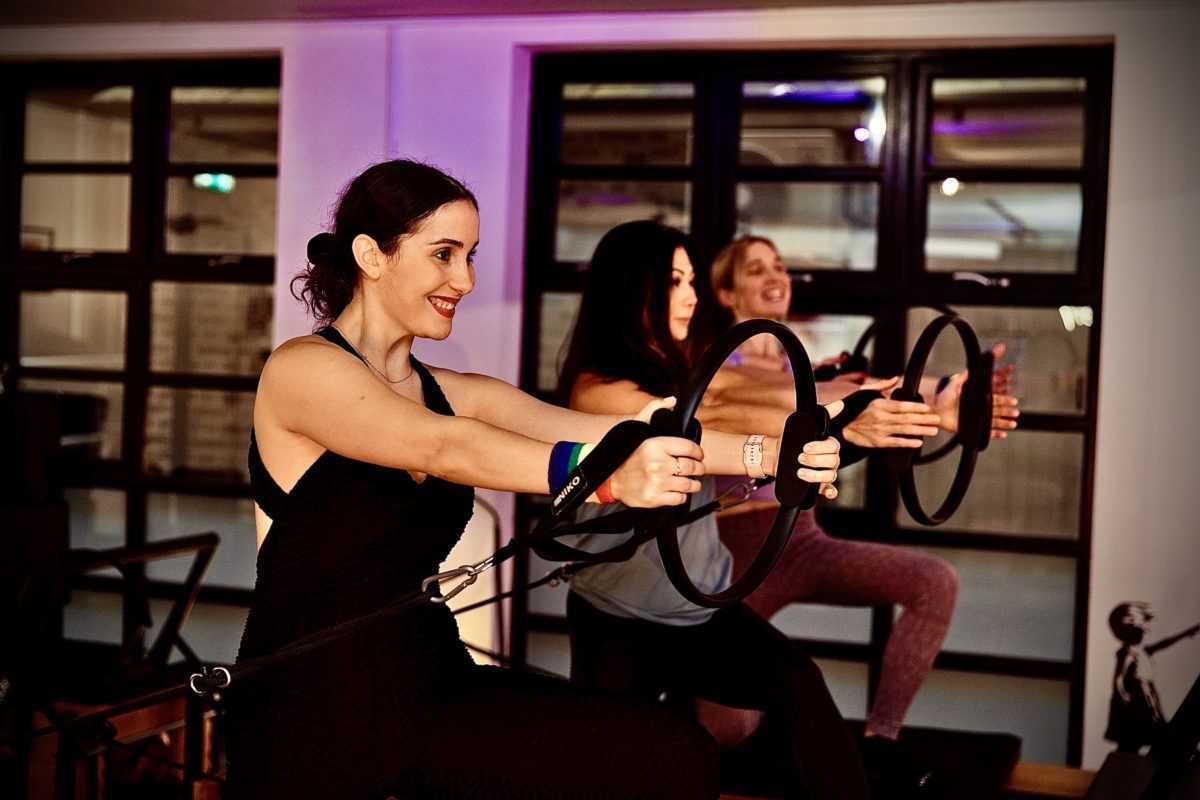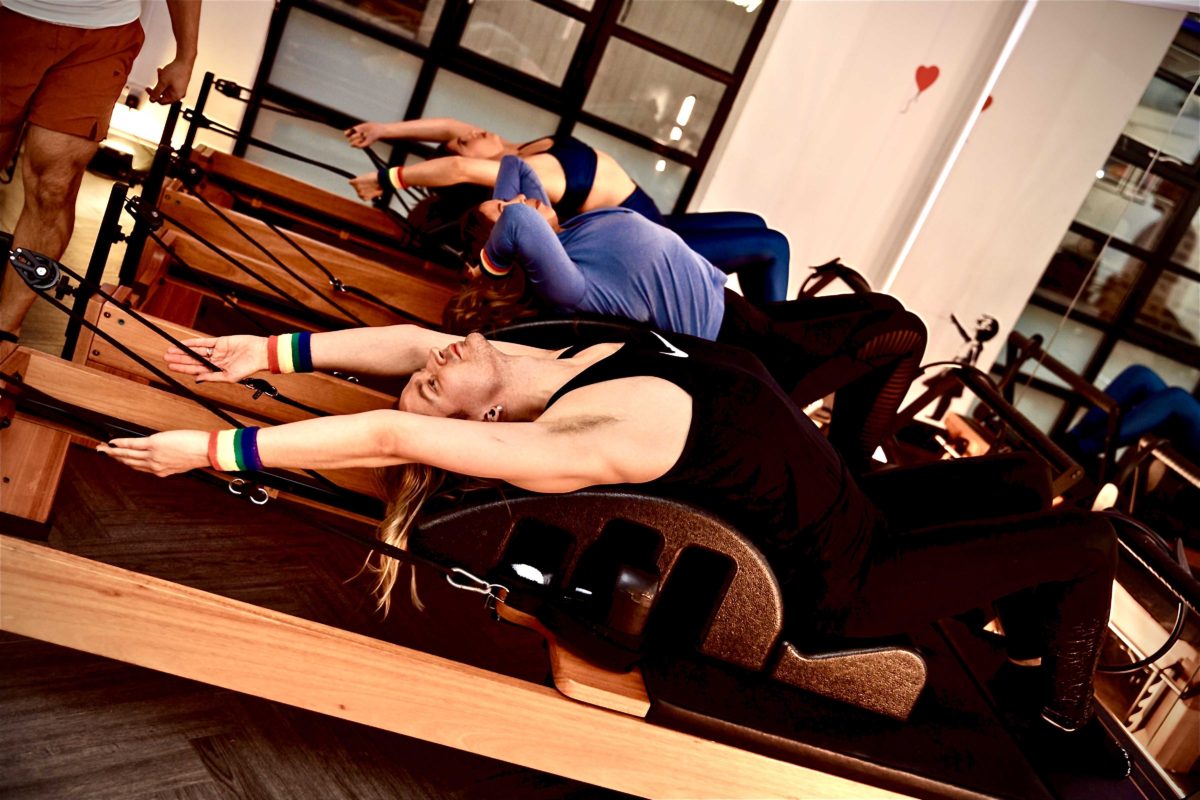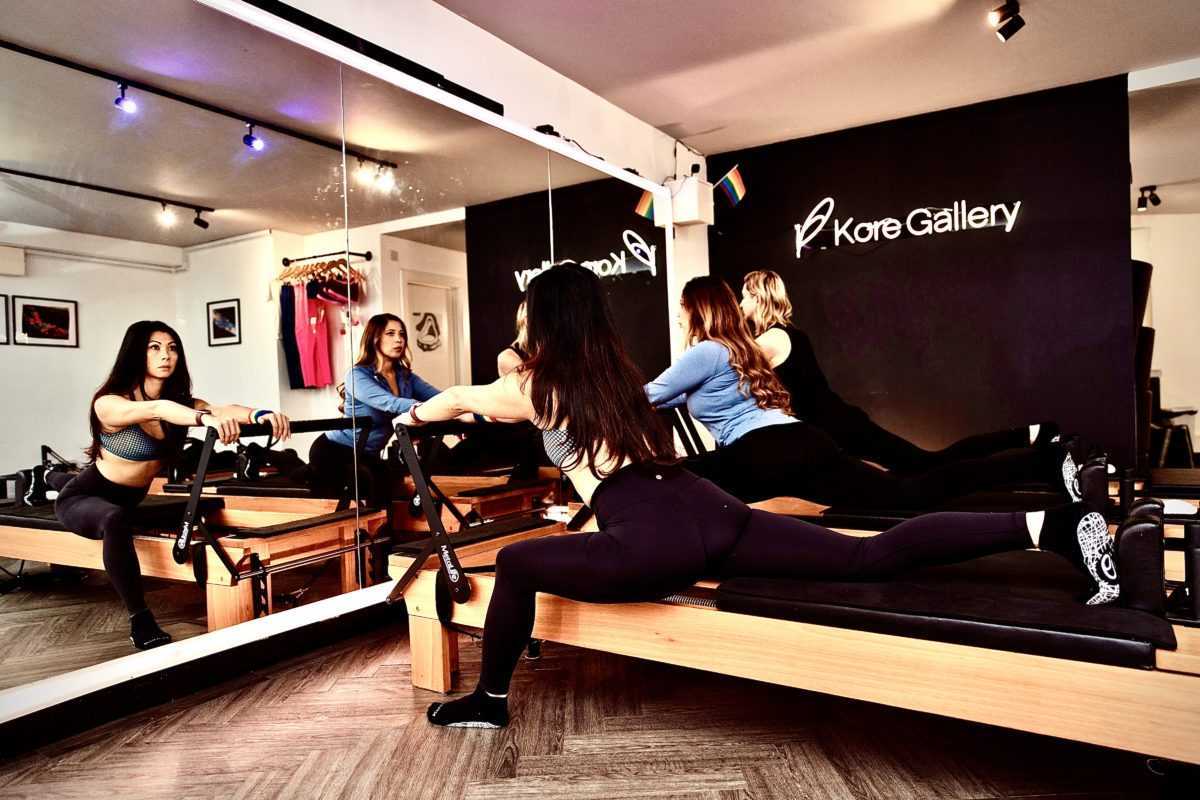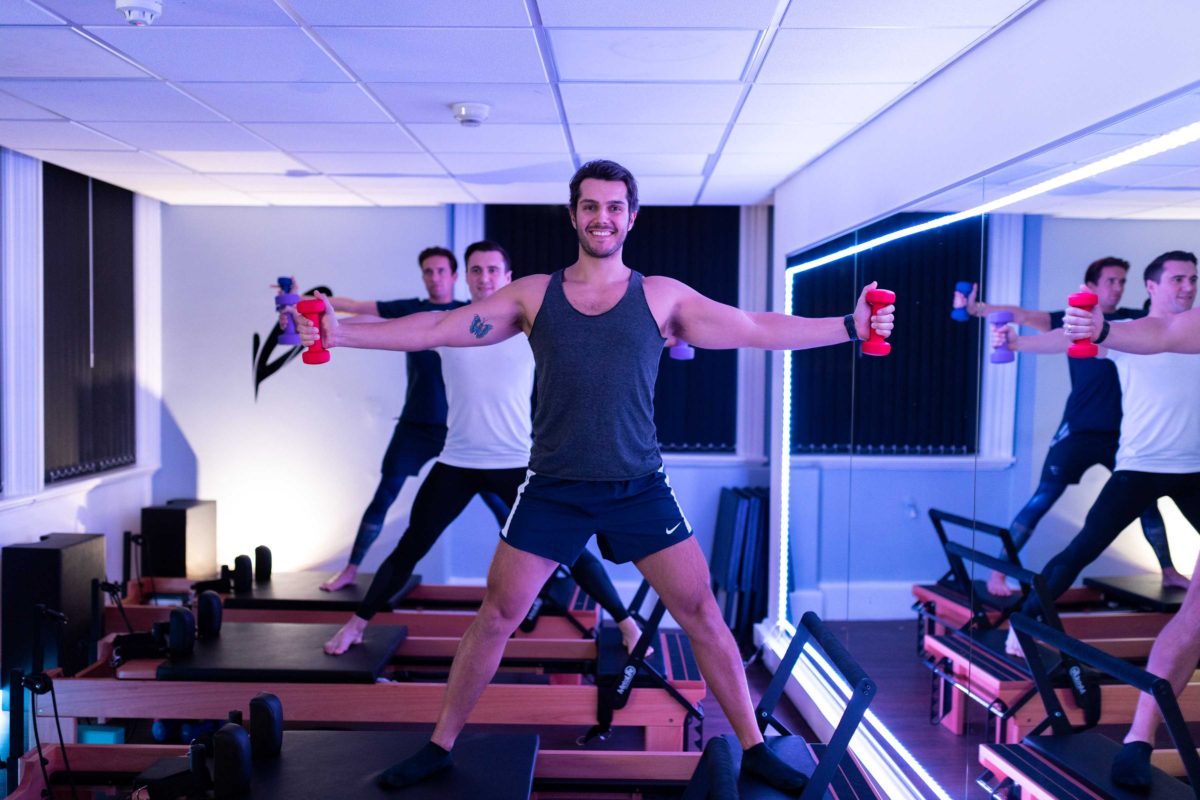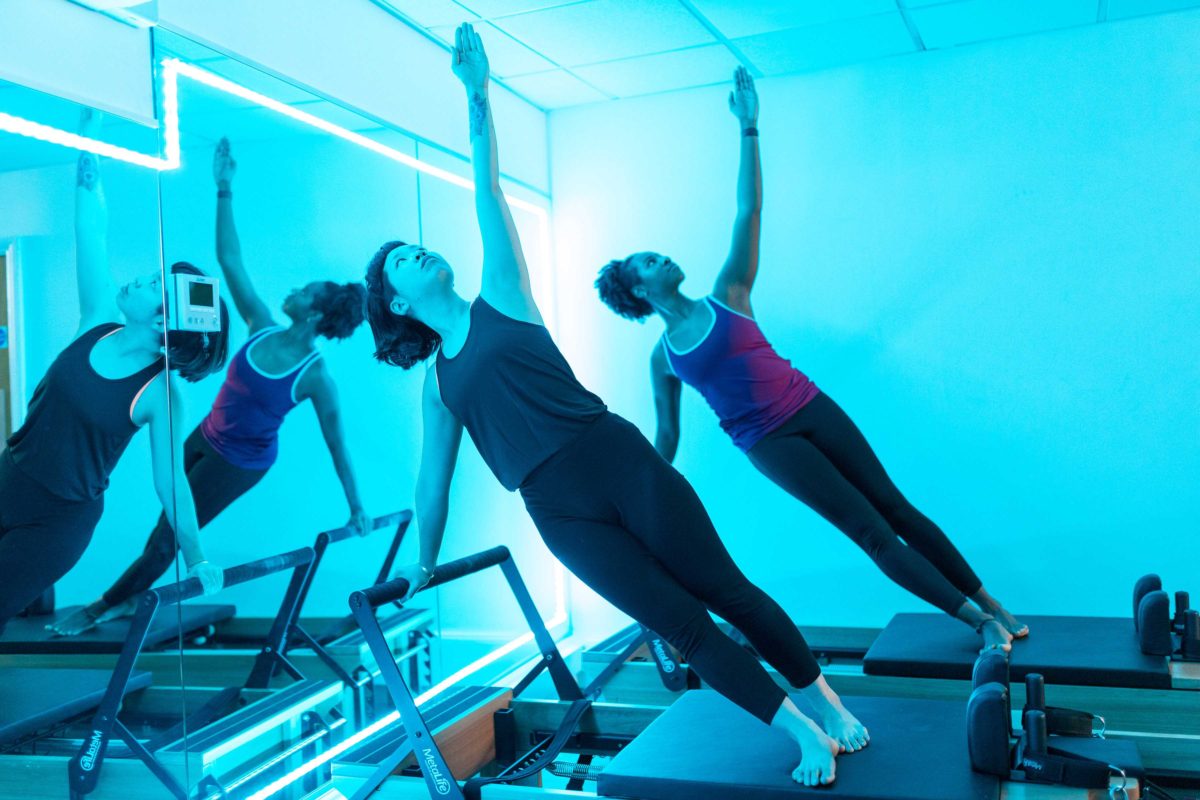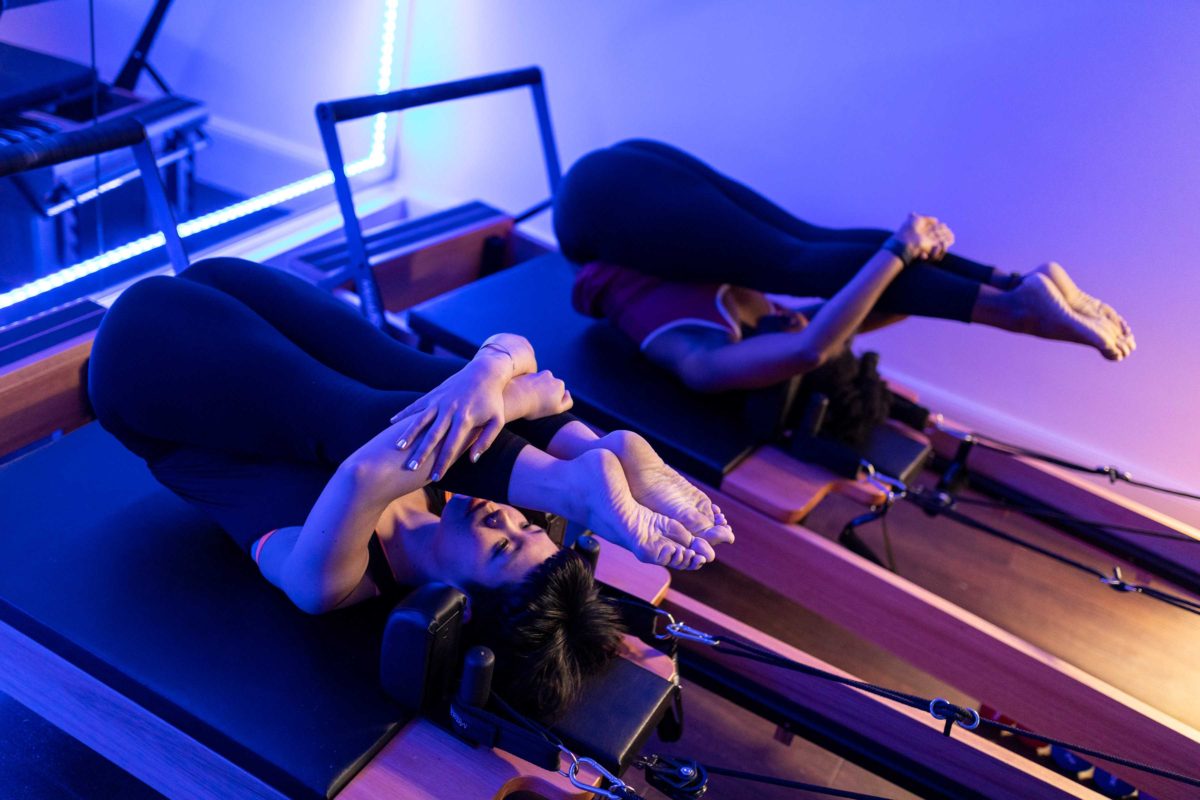Stress is an inevitable part of life, and it can have a significant impact on our overall health and well-being. High levels of stress can lead to a variety of physical and mental health problems, including anxiety, depression, and heart disease. One of the ways to control stress is through exercise, and Pilates is a form of exercise that has been found to be particularly effective in reducing stress levels.
Pilates is a form of low-impact exercise that focuses on core strength, flexibility, and body control. It’s a form of exercise that is done in a controlled, mindful and slow-paced way, which helps to focus the mind and reduce stress. The exercises are designed to improve posture, balance, and coordination, which can help to reduce muscle tension, and improve overall body alignment.
The breathing techniques used in Pilates also play a crucial role in reducing stress levels. Pilates emphasizes deep, controlled breathing, which can help to reduce tension in the body and improve oxygen flow to the brain. This can help to improve overall relaxation and reduce feelings of anxiety and stress.
Pilates also provides a sense of accomplishment and self-esteem. It’s a great way to focus on your body, your breathing, and your movements, and it helps to clear the mind of negative thoughts and distractions. Practicing Pilates can help to improve overall body awareness, which can help to reduce stress levels and improve overall well-being.
At Kore Gallery, we understand the impact that stress can have on an individual’s health and well-being. That’s why we offer Pilates classes that are designed to help individuals reduce stress and improve overall health and well-being. Our certified Pilates instructors create a calming and relaxing environment, and they guide clients through a variety of exercises that focus on core strength, flexibility, and body control. The emphasis on deep, controlled breathing, and the focus on the present moment, helps to reduce tension in the body and improve overall relaxation, leading to a decrease in stress levels.
In addition to the physical benefits, Pilates also offers emotional and mental benefits. It provides a sense of accomplishment and self-esteem, which can help to improve overall well-being. Practicing Pilates can help individuals to develop a better understanding of their body and mind, which can help to improve overall body awareness and reduce stress levels.
It’s important to note that the benefits of Pilates for stress management are not limited to those who are suffering from high levels of stress. Even individuals who are generally feeling well can benefit from the mind-body connection that Pilates provides, and it can be an effective way to maintain overall well-being.
In conclusion, Pilates is a form of exercise that can help individuals control stress levels. It is a low-impact exercise that focuses on core strength, flexibility, and body control, and it emphasizes deep, controlled breathing. The exercises and techniques used in Pilates can help to reduce muscle tension, improve overall relaxation, and provide a sense of accomplishment and self-esteem. At Kore Gallery, we understand the importance of stress management and the role that Pilates can play in reducing stress levels and improving overall health and well-being.


